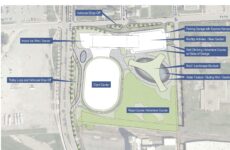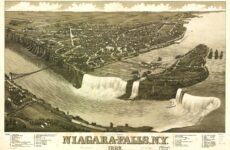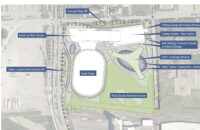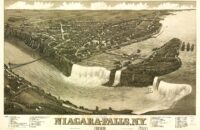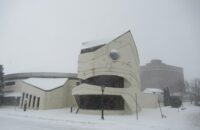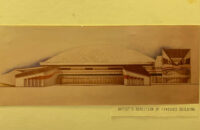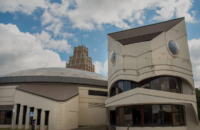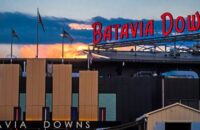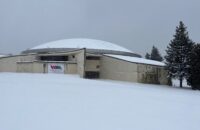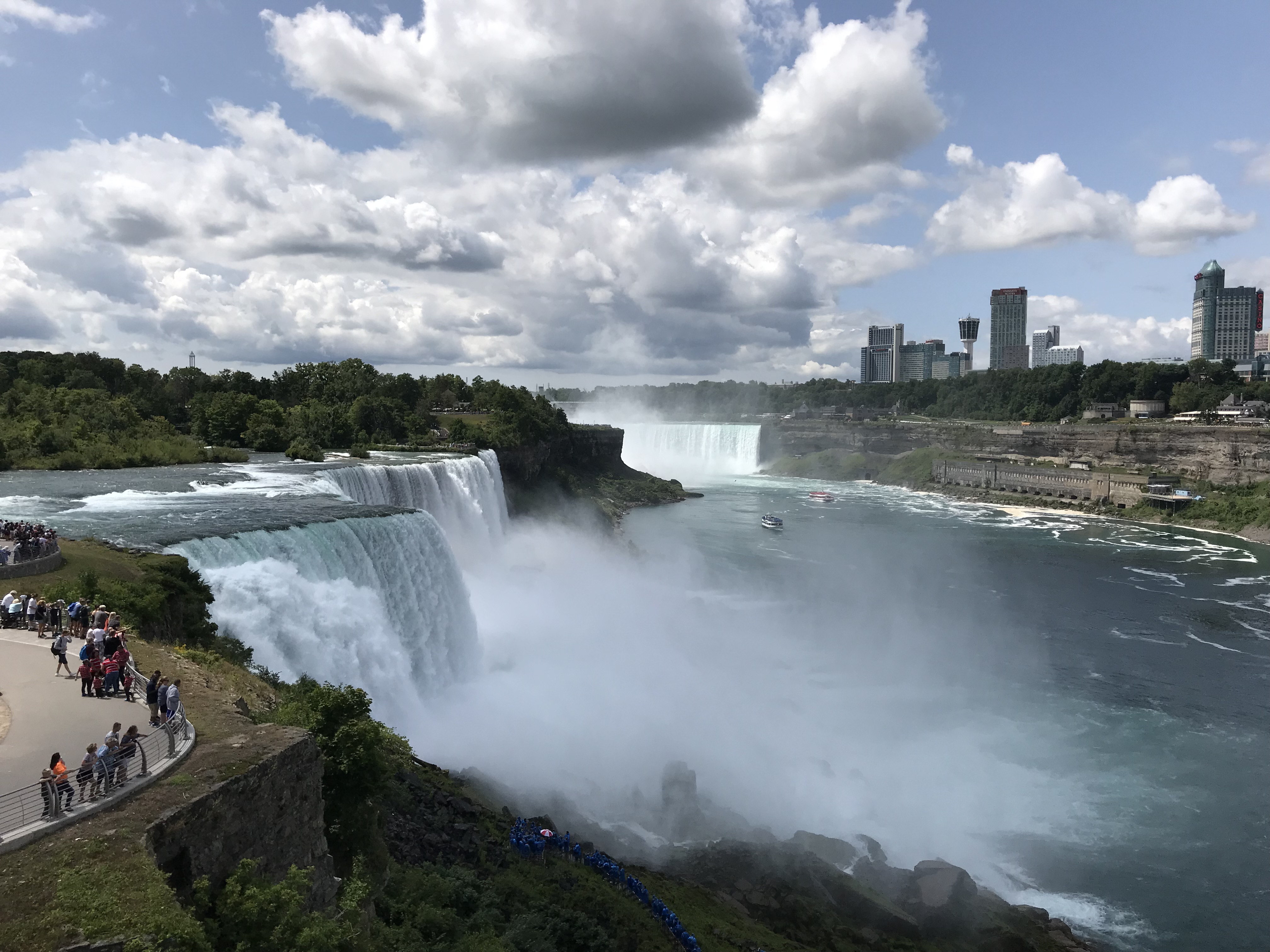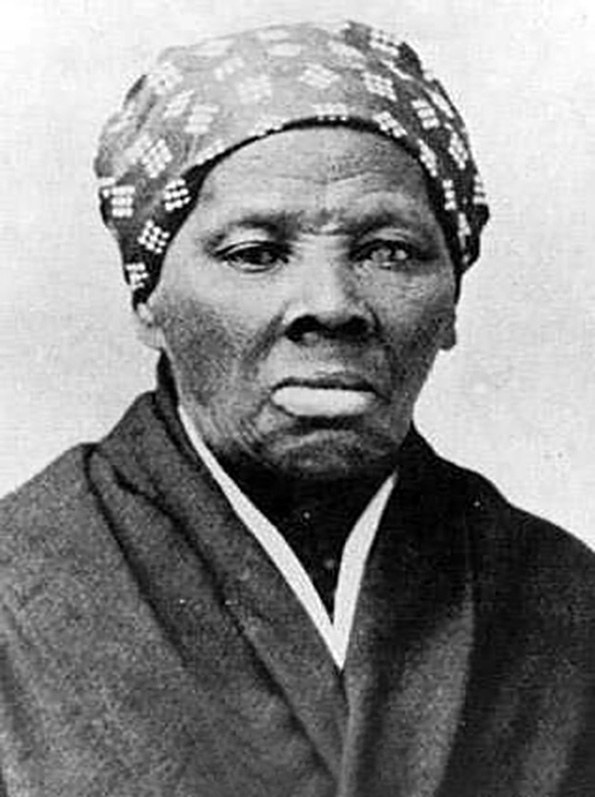
The number of famous people who have visited Niagara Falls includes George Washington and Abraham Lincoln, British royalty from King George V to Lady Di, literary figures such as Jack London, Oscar Wilde and Harriet Beecher Stowe, movie stars like Marilyn Monroe and many more.
There is nothing to commemorate their visits, no plaques or markers, and any of the buildings where they may have stayed, had a meal or bought a souvenir were demolished under the city’s colossally misguided “Urban Renewal” program of the 1970s.
It is something more than ironic then that City Council approved spending $262,000 to dedicate a park and erect a statue to a a woman who by all accounts never set foot in Niagara Falls, Harriet Tubman.
The city’s actual role in the Underground Railroad movement is a speculative one. A study conducted by the city’s Underground Railroad Commission in conjunction with Niagara University, was unable to identify a single site in the city with any undisputable connection to the Underground Railroad, which assisted escaped slaves from Southern states in getting to Canada or some other destination where they could live free.
Harriet Tubman’s connection to what is now the city of Niagara Falls is tenuous.
According to one paragraph in Scenes of the Life of Harriet Tubman by children’s book author Sarah Hop-kins Bradford, Tubman accompanied a relative on a train that crossed the Suspension Bridge, near where the Whirlpool Bridge stands. By her account, the train didn’t stop, but simply crossed the Niagara.
The book itself makes great use of what critics have called “artistic license” and a “highly subjective point of view” and is, in fact, riddled with many provable factual errors.
But this is Niagara Falls. And our city’s mayor, Paul Dyster, thinks spending $44 million on a new passenger train station to service the fewer than 70 riders who get off or get on a train each day here is a necessary and prudent investment.
By extension, spending $262,000 to dedicate an adjacent park to and erect a statue of a woman who may or may not have once passed through the vicinity on board a train may not seem all that outrageous after all.
Is the decision by the city’s Underground Railroad Commission to broaden the scope of what was to have been the Underground Railroad interpretive center at the Whirlpool Street train station a tacit admission that Niagara Falls has little if any Underground Railroad history of its own to begin with?
Niagara Falls didn’t exist as a municipality until March 1897, more than 34 years after Abraham Lincoln signed the Emancipation Proclamation, effectively freeing the slaves. And while Lockport, Pekin, Youngstown and especially Lewiston have well documented associations with the Underground Railroad, exhaustive efforts over the past few years have failed to turn up anything similar in the city.
The commission hired two Niagara University academics to produce the Niagara Falls Underground Railroad Heritage Area Management Plan, an otherwise unremarkable bureaucratic document, brimming with the sort of demographic, geographical and historical detail that can be easily found elsewhere.
Those seeking to learn anything from the report about actual activity by the Underground Railroad on land that would one day long afterward become the city of Niagara Falls should not be daunted by its great length, since the first 50 or so pages deal exclusively with things having nothing to do with the Underground Railroad.
When the determined reader finally gets to the parts that do have to do with the Underground Railroad, he is struck by the vagueness of the language used.
“Almost certainly,” “There can be little doubt,” “It’s likely that,” “Almost all,” “This suggests,” “Reputedly” and “Perhaps as many as” and other modifiers preface nearly every declarative sentence.
In sum, the study failed to come up with a single unequivocal site to link to Underground Railroad activity, or the name of a single resident of the area that would later become the city of Niagara Falls who could be associated with the clandestine organization.
While the Michigan Avenue Baptist Church in Buffalo, the First Presbyterian Church in Lewiston, the Thomas Root House in Pekin, the Abijah Moss House in Lockport and the Murphy Orchards Farm in tiny Burt all have proven associations with the Underground Railroad, Niagara Falls is bereft of any such location.
In fact, the sole place in the city that may have a tenuous connection to the Underground Railroad is the site of the former Suspension Bridge, a few hundred yards from the present day Whirlpool Bridge.
According to the book “Scenes From the Life of Harriet Tubman,” which was passed off as the illiterate Tubman’s autobiography but was actual-ly written by a children’s book author named Sarah Hopkins Bradford, Tubman once passed through what in now the city’s North End as a passenger on a train bound for Canada.
Tubman, known as the “Moses of Her People” based largely on the assertions in Bradford’s book, was associated with the Underground Rail-road and, in all, is said to have led between 19 and 70 escaping slaves from her home state of Maryland mostly up the East Coast and through Boston to freedom in Canada.
Given the thinness of the evidence linking the present day Niagara Falls to the activities of the Underground Railroad, it is unsurprising that the Underground Railroad Commission would opt to focus its attention to later developments that would one day lead to the high percentage of African American residents here.

